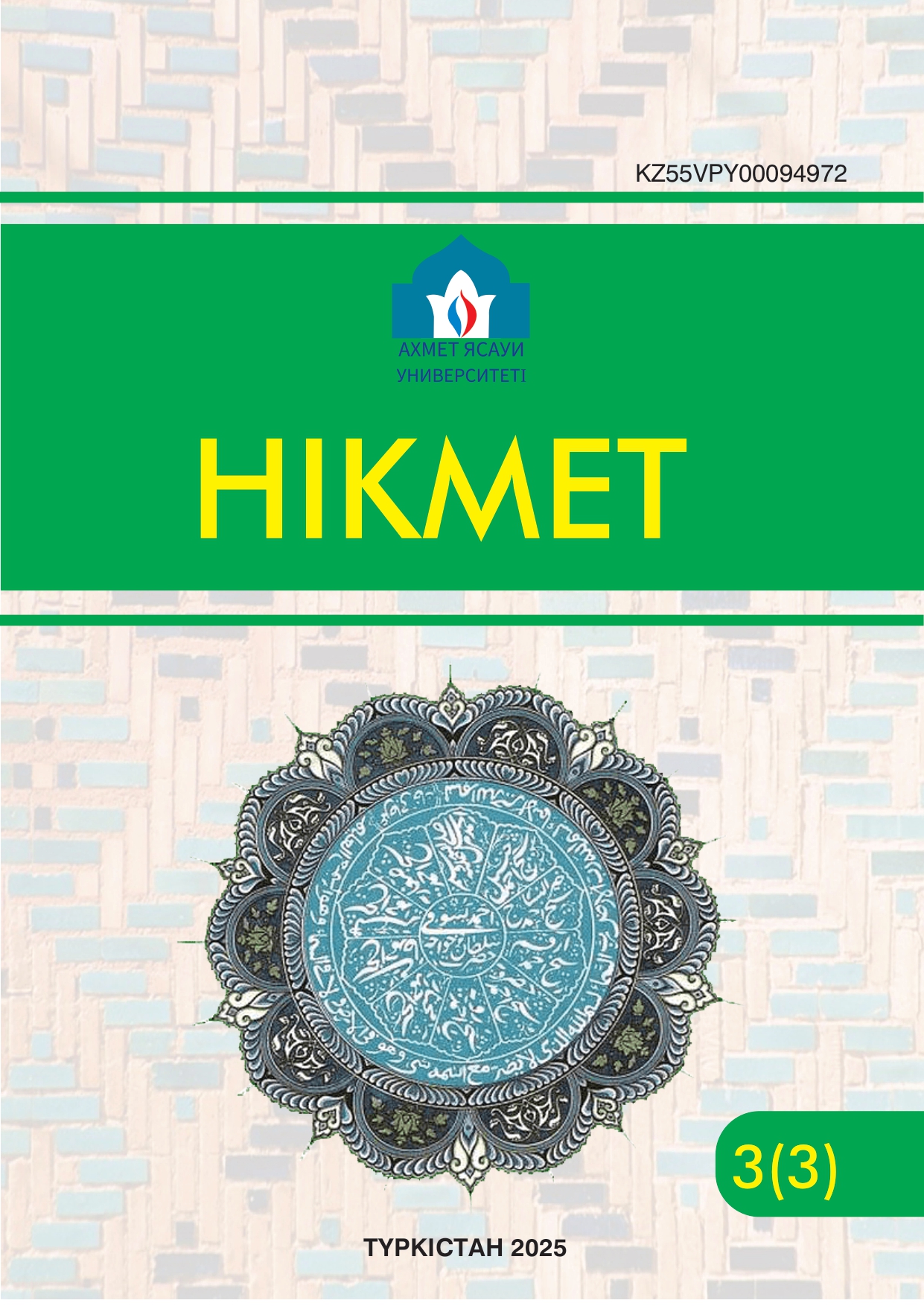Hajj Routes and Challenges of Turkestan Pilgrims (Late XIXth – Early XXth Century)
135 53
Keywords:
Pilgrims of Turkestan, pilgrimage, Mecca, colonial government, railway, waterway, challenges.Abstract
This article examines the routes taken by pilgrims from Turkestan to Mecca, the difficulties they encountered along the way, and the policies of the imperial government regarding the Hajj. By the late 19th and early 20th centuries, despite Turkestan’s colonial status, the number of pilgrims in the region had increased significantly. While the construction of railways facilitated travel to the holy sites, the pilgrimage remained fraught with numerous problems and challenges. Although the Russian Empire did not officially prohibit the Muslim Hajj, it sought to regulate and control it, perceiving it as a potential political threat. This article provides a detailed analysis of these policies based on various historical sources. Imperial authorities paid particular attention to studying the impact of pilgrimage on the socio-political situation in colonial territories. According to collected data, government officials viewed the Hajj not only as a religious practice but also as a significant political phenomenon. The study examines in detail the three main routes through which Turkestan pilgrims traveled to Mecca. The analysis identifies key problems faced during the pilgrimage. Among the most serious difficulties were the exploitation of pilgrims by fraudulent agents and intermediaries, particularly on railways and steamships, as well as attacks by desert pirates. Another major threat to pilgrims was the spread of infectious diseases. Despite the imperial government’s efforts to regulate the Hajj and monitor the movement of pilgrims, the effective organization of mass pilgrimage remained a challenge due to the large number of travelers and various other factors.

